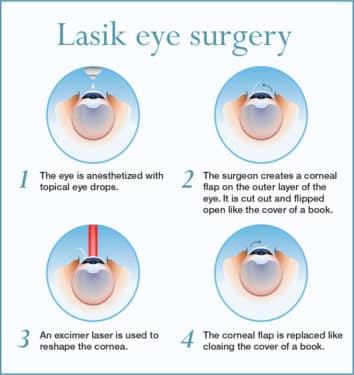Material Created By-Bossen Lundgren
As a moms and dad, you play an essential function in your youngster's health and wellness, especially when it involves their vision. You may discover particular behaviors that could indicate a need for an eye examination. Scrunching up your eyes, frequent eye massaging, or problems of migraines can be greater than simply minor annoyances. Recognizing these signs is crucial for your kid's growth. So, what should you seek next? Let's check out the typical symptoms that can suggest a vision issue.
Common Signs And Symptoms of Vision Issues in Kid
When you discover your child battling with everyday activities, it could be an indication of vision issues.
Seek symptoms like squinting, massaging their eyes regularly, or turning their head to see far better. If they've problem analysis or seem to lose their location typically, that's one more indicator.
You could likewise see them complaining regarding frustrations or experiencing eye strain after extended periods of reading or using displays.
Additionally, if your youngster stays clear of activities that need great vision, like sports or drawing, it's worth taking notice of.
Expect any uncommon habits, as these indicators can point to underlying vision problems that require expert examination.
Early discovery can make a huge distinction in their visual growth.
Age-Specific Vision Milestones to Screen
Every parent should keep an eye on their kid's vision advancement as they grow.
At around 6 months, your baby should begin tracking moving objects. By age 1, they ought to have the ability to focus on and identify familiar faces.
In between 2 and 3 years, look for renovations in hand-eye control, like piling blocks or throwing a round.
By age 4, youngsters need to be able to recognize shapes and colors, and they may start to identify letters.
If your youngster deals with these turning points, it's important to keep in mind. Checking https://www.google.com/maps/place/Pediatric+Eye+Specialists/data=!4m2!3m1!1s0x0:0x8bea6662a7fc5d0f?sa=X&ved=1t:2428&ictx=111 catch prospective concerns early, ensuring they get the vision care they need for a brilliant future.
Keep aggressive about their vision wellness!
When to Set Up an Eye Test for Your Youngster
Checking your child's vision advancement is important, but knowing when to schedule an eye test is equally as vital. The American Academy of Ophthalmology suggests your kid have their initial eye test at six months old.
After that, schedule follow-ups at age three and again prior to they begin college. If your kid shows indicators of vision concerns-- like squinting, difficulty reading, or migraines-- don't wait on the following set up appointment.
Furthermore, if there's a family history of eye issues, proactive tests are crucial. Watch on any changes in their vision or habits, and count on your instincts.
Normal check-ups can help catch prospective issues early, ensuring your child has the best possibility for healthy and balanced vision.
Final thought
Finally, staying sharp to your child's aesthetic behaviors is essential for their eye health and wellness. If you observe any type of indications like scrunching up your eyes, eye rubbing, or problem with analysis, do not hesitate to arrange an eye exam. Bear in mind, early detection can make a considerable difference in their aesthetic growth. Trust fund your impulses as a parent, and guarantee your kid obtains the treatment they require to grow. Routine examinations can help keep their eyes healthy and balanced for several years ahead.

